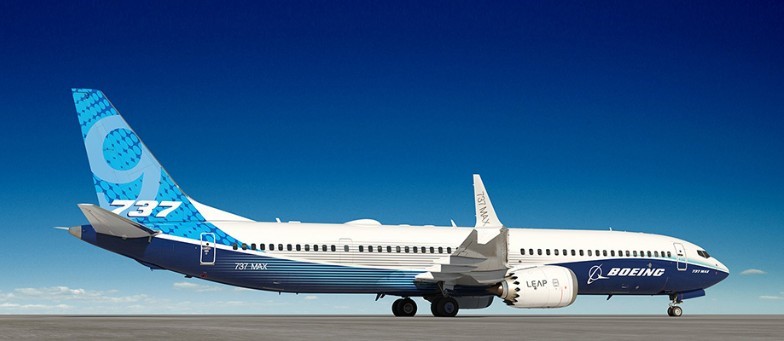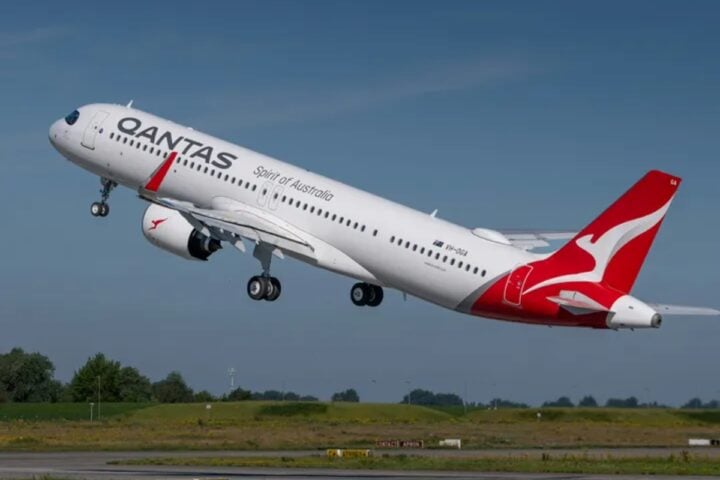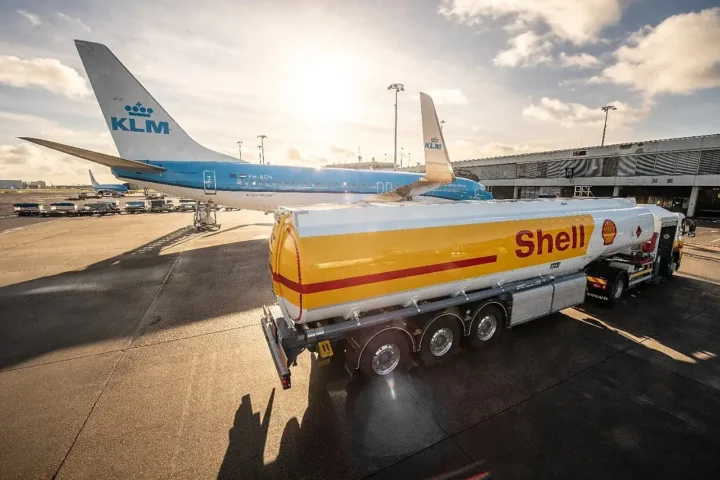The American aircraft manufacturer Boeing has been accumulating various production problems and incidents with operational aircraft for over a year, leading to the opening of wide-ranging audits and investigations, and resulting in the departure of its CEO at the end of 2024, announced on Monday.
Here is the situation that his yet-to-be-named successor will have to manage.
Throughout 2023, the aircraft manufacturer experienced production and delivery delays of the 737, its flagship plane, due to manufacturing issues.
In April, Boeing reported defects in parts supplied by its subcontractor Spirit AeroSystems for the rear part of the fuselage of some aircraft.
A few months later, the aircraft manufacturer mentioned a problem with a watertight bulkhead requiring the inspection of hundreds of holes.
At the end of December, it warned of a risk of a loose bolt on the rudder control system.
The manufacturer had previously had to suspend deliveries of the 787 long-haul aircraft several times due to manufacturing and inspection defects.
Similar Posts
In early 2024, these production problems had repercussions on operation.
On January 5th, a 737 MAX 9 from Alaska Airlines flying from Portland (Oregon) to Ontario (California) lost a plug door in flight. This device seals off an emergency exit when there are enough exits in relation to the number of seats.
Subsequently, the American civil aviation regulator, the FAA, grounded the 737 MAX 9s with this configuration – 171 out of 218 delivered – and initiate an audit on the manufacturer’s quality control.
The preliminary report from the National Transportation Safety Board (NTSB), published on February 6th, indicates that four bolts intended to prevent the plug door from moving upwards were missing.
These bolts were removed at the Renton factory (Washington State) before the plane’s delivery in October, to replace damaged rivets.
Boeing has informed us that it was unable to find documentation listing these operations, states the NTSB on March 13th.
For its part, Boeing has launched an internal investigation and is taking actions to improve its safety and quality procedures.
The FAA audit identified non-compliance issues in the manufacturing control process, handling and storage of spare parts, and production control at Boeing and Spirit AeroSystems.
Boeing must submit a comprehensive action plan within 90 days to address these issues and those identified by an independent expert commission.
The mission of this commission results from a 2020 law adopted after two Boeing 737 MAX 8 accidents in 2018 and 2019, which resulted in 346 deaths. The experts conducted their investigations between March 2023 and February 2024.
According to them, Boeing’s safety measures are lacking. They notably identified complex procedures that sometimes cause confusion among employees. They have issued 53 recommendations.
The FAA has also frozen the production rate of the 737 MAX until it deems the required changes have been made.
According to American media, in addition to the regulators’ investigations, the Department of Justice has opened a criminal investigation into the January 5th incident.
The Seattle Times reported on Saturday that its passengers had received a letter from the federal police (FBI) indicating they had been identified as a possible victim of a crime and that a criminal investigation was underway.
Moreover, an investigation was launched in New Zealand after a 787 Dreamliner from Latam suddenly lost altitude, injuring about fifty people.
In this context, incidents involving Boeing aircraft have been particularly scrutinized in the United States, and some have led to investigations by regulators.
Boeing emphasized that several incidents occurred on older aircraft, whose maintenance was the responsibility of the airline.
On January 18th, an Atlas Air 747 cargo plane made an emergency landing in Miami (Florida) after an engine fire shortly after takeoff.
At the end of February, United Airlines pilots reported that their 737 MAX’s rudder pedals were blocked after landing in Newark (New Jersey).
On March 4th, a Boeing 737 returned to land in Houston (Texas) due to an engine problem. According to media reports, bubble wrap was sucked into an engine and flames came out.
On March 7th, a Boeing 777 made an emergency landing in Los Angeles (California) after losing a tire on takeoff.


















